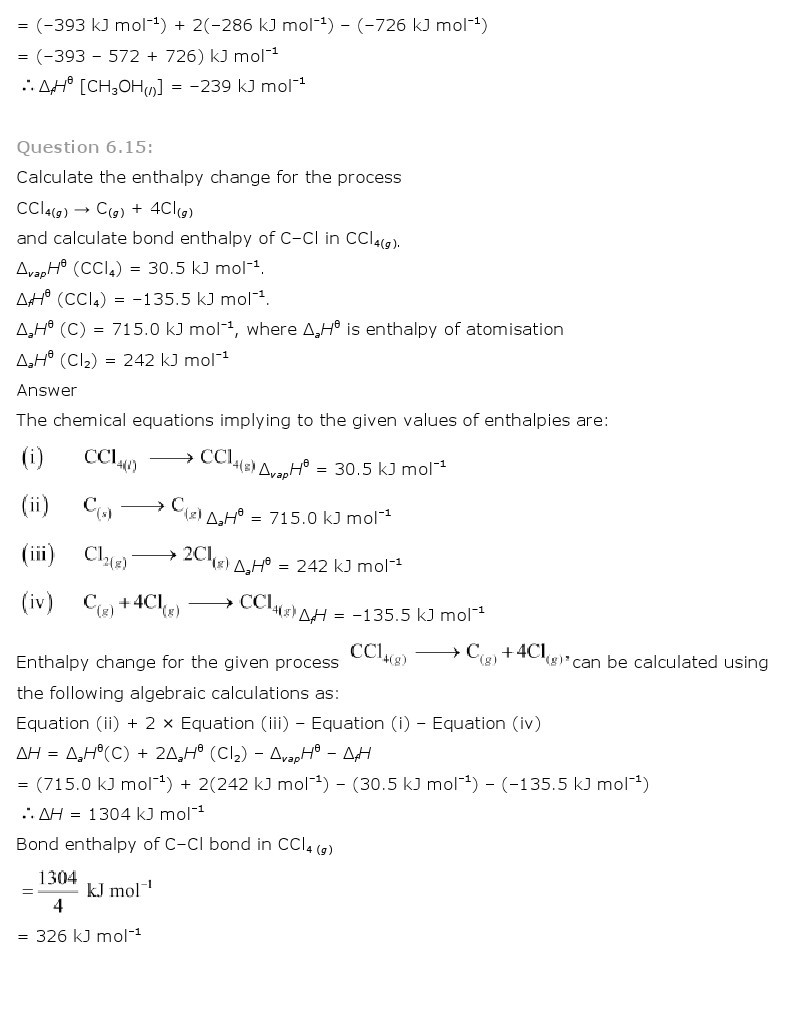'Thermodynamics of Materials' introduces the basic underlying principles of thermodynamics as well as their applicability to the behavior of all classes of materials, while providing an integrated approach from macro- (or classical) thermodynamics to meso- and nanothermodynamics, and microscopic (or statistical) thermodynamics. Treatment of the laws of thermodynamics and their applications to equilibrium and the properties of materials. Provides a foundation to treat general phenomena in materials science and engineering, including chemical reactions, magnetism, polarizability, and elasticity. Develops relations pertaining to multiphase equilibria as determined by a treatment of solution thermodynamics.
- 34 Full PDFs related to this paper. Introduction to the Thermodynamics of Materials.
- 34 Full PDFs related to this paper. Introduction to the Thermodynamics of Materials.
Photo showing gas bubbles form and collapse when a liquid is energized by ultrasound. (Courtesy of K.S. Suslick and K. J. Kolbeck, University of Illinois; National Science Foundation.)
Instructor(s)
Prof. W. Craig Carter
MIT Course Number
3.00
As Taught In
Fall 2002
Level
Undergraduate
Some Description | |
Instructor(s) | Prof. |
As Taught In | Spring 2002 |
Course Number | 2.24 |
Level | Undergraduate/Graduate |
Features | Lecture Notes, Student Work |
Welcome!
This is one of over 2,400 courses on OCW. Explore materials for this course in the pages linked along the left.
MIT OpenCourseWare is a free & open publication of material from thousands of MIT courses, covering the entire MIT curriculum.
No enrollment or registration. Freely browse and use OCW materials at your own pace. There's no signup, and no start or end dates.
Knowledge is your reward. Use OCW to guide your own life-long learning, or to teach others. We don't offer credit or certification for using OCW.
Made for sharing. Download files for later. Send to friends and colleagues. Modify, remix, and reuse (just remember to cite OCW as the source.)
Learn more at Get Started with MIT OpenCourseWare
Course Description
Course Features
Course Description
Treatment of the laws of thermodynamics and their applications to equilibrium and the properties of materials. Provides a foundation to treat general phenomena in materials science and engineering, including chemical reactions, magnetism, polarizability, and elasticity. Develops relations pertaining to multiphase equilibria as determined by a treatment of solution thermodynamics. Develops graphical constructions that are essential for the interpretation of phase diagrams. Treatment includes electrochemical equilibria and surface thermodynamics. Introduces aspects of statistical thermodynamics as they relate to macroscopic equilibrium phenomena.
Related Content
Course Collections
See related courses in the following collections:
Find Courses by Topic
| Thermodynamics | |||||||||||||||||||||
|---|---|---|---|---|---|---|---|---|---|---|---|---|---|---|---|---|---|---|---|---|---|
| |||||||||||||||||||||
| |||||||||||||||||||||
| |||||||||||||||||||||
| |||||||||||||||||||||
| |||||||||||||||||||||
|
The thermodynamic properties of materials are intensive thermodynamic parameters which are specific to a given material. Each is directly related to a second order differential of a thermodynamic potential. Examples for a simple 1-component system are:
- Compressibility (or its inverse, the bulk modulus)
- Isothermal compressibility
- Adiabatic compressibility
- Specific heat (Note - the extensive analog is the heat capacity)
- Specific heat at constant pressure
- Specific heat at constant volume
- Coefficient of thermal expansion
where P is pressure, V is volume, T is temperature, S is entropy, and N is the number of particles.
For a single component system, only three second derivatives are needed in order to derive all others, and so only three material properties are needed to derive all others. For a single component system, the 'standard' three parameters are the isothermal compressibility , the specific heat at constant pressure , and the coefficient of thermal expansion .
For example, the following equations are true:
The three 'standard' properties are in fact the three possible second derivatives of the Gibbs free energy with respect to temperature and pressure.
See also[edit]
- Specific heat of melting (Enthalpy of fusion)
- Specific heat of vaporization (Enthalpy of vaporization)
External links[edit]
Thermodynamics Of Materials Pdf Key Clever Word
- The Dortmund Data Bank is a factual data bank for thermodynamic and thermophysical data.
References[edit]
- Callen, Herbert B. (1985). Thermodynamics and an Introduction to Thermostatistics (2nd ed.). New York: John Wiley & Sons. ISBN0-471-86256-8.

Thermodynamics Of Materials Pdf Key Clever Classroom


